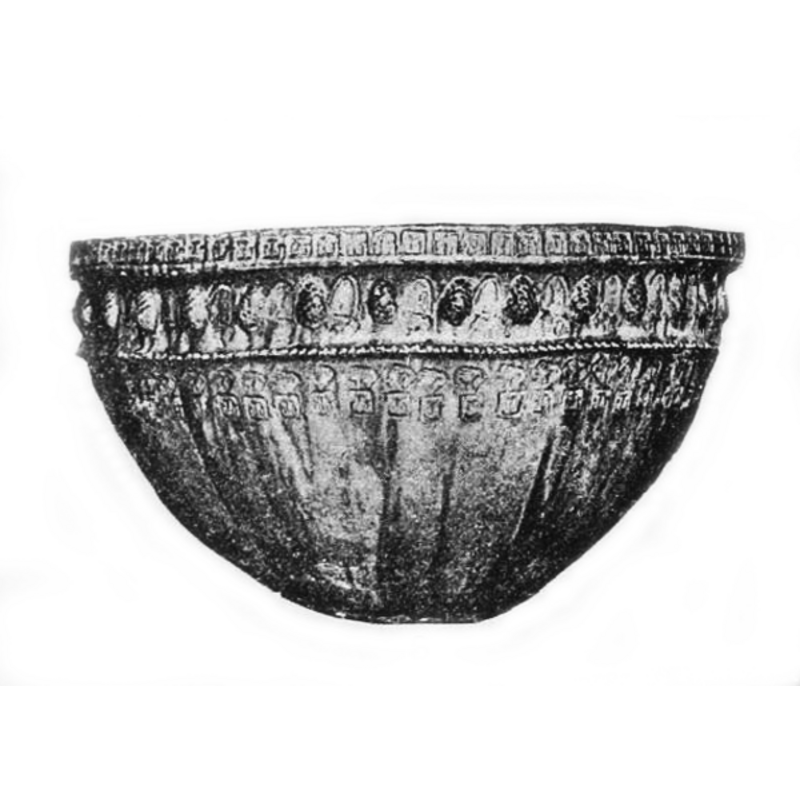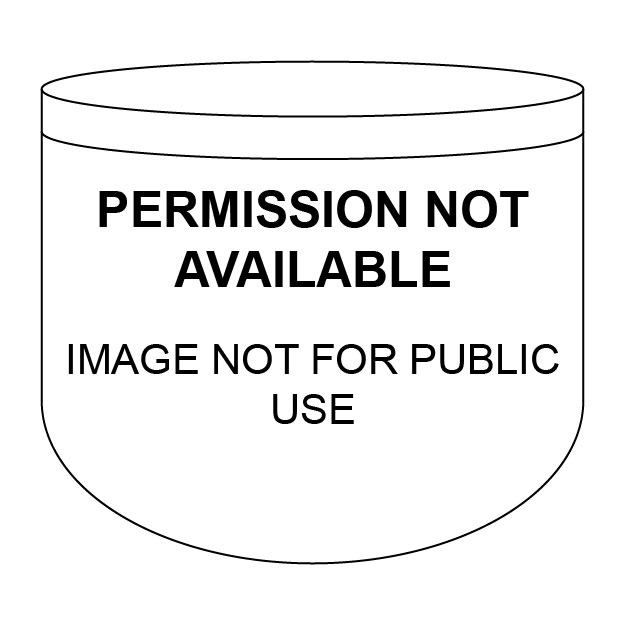Castilleja de Talhara / Talahara / Benacazon

Image copyright © [in the public domain]
PD
Results: 3 records
view of basin
view of basin
INFORMATION
FontID: 17821CAS
Object Type: Baptismal Font1
Museum and Inventory Number: Casa de los Condes de Casa Galindo? [aka Antiguo Palacio de los Condes de Casagalibndo?], c/Alfonso XII, 48, Sevilla, Spain
Church/Chapel: Ermita de Castilleja de Talhara [in ruins]
Country Name: Spain
Location: Sevilla, Andalucía
Directions to Site: the ruins of the old church are located in Castilleja de Talhara, an abandoned hamlet near the road between Benacazón and Aznalcázar
Ecclesiastic Region: Diocesis de Sevilla
Century and Period: 15th century, Hispano-Moresque / Mudéjar
Workshop/Group/Artisan: Hispano-Moresque font
Font Notes:
Click to view
Gestoso y Pérez (1919) notes and illustrates a ceramic font originally from Castilleja de Talhara; the author notes that the font was already at the mansion of the Condes de Casa Galindo, in Seville itself, at the time of writing; his illustration shows only the basin, without a base. The roughly hemispherical basin has a flat moulding at the upper rim decorated with eagles and rampant lions;a row of pinapple motifs below; a thin rope (?) moulding marks the top of the underbowl, and below it are two rows of stamped motifs. The basin is mounted on a modern metal support frame. The font originated in the rural chapel of Castilleja de Talhara, said to have been destroyed in the 1756 earthquake; it is reported in a private collection in Seville [cf. supra].
COORDINATES
UTM: 29S 749489 4137422
MEDIUM AND MEASUREMENTS
Material: ceramic, glazed ceramic
Font Shape: hemispheric (mounted)
Basin Interior Shape: round
Basin Exterior Shape: round
Drainage Notes: no lining
